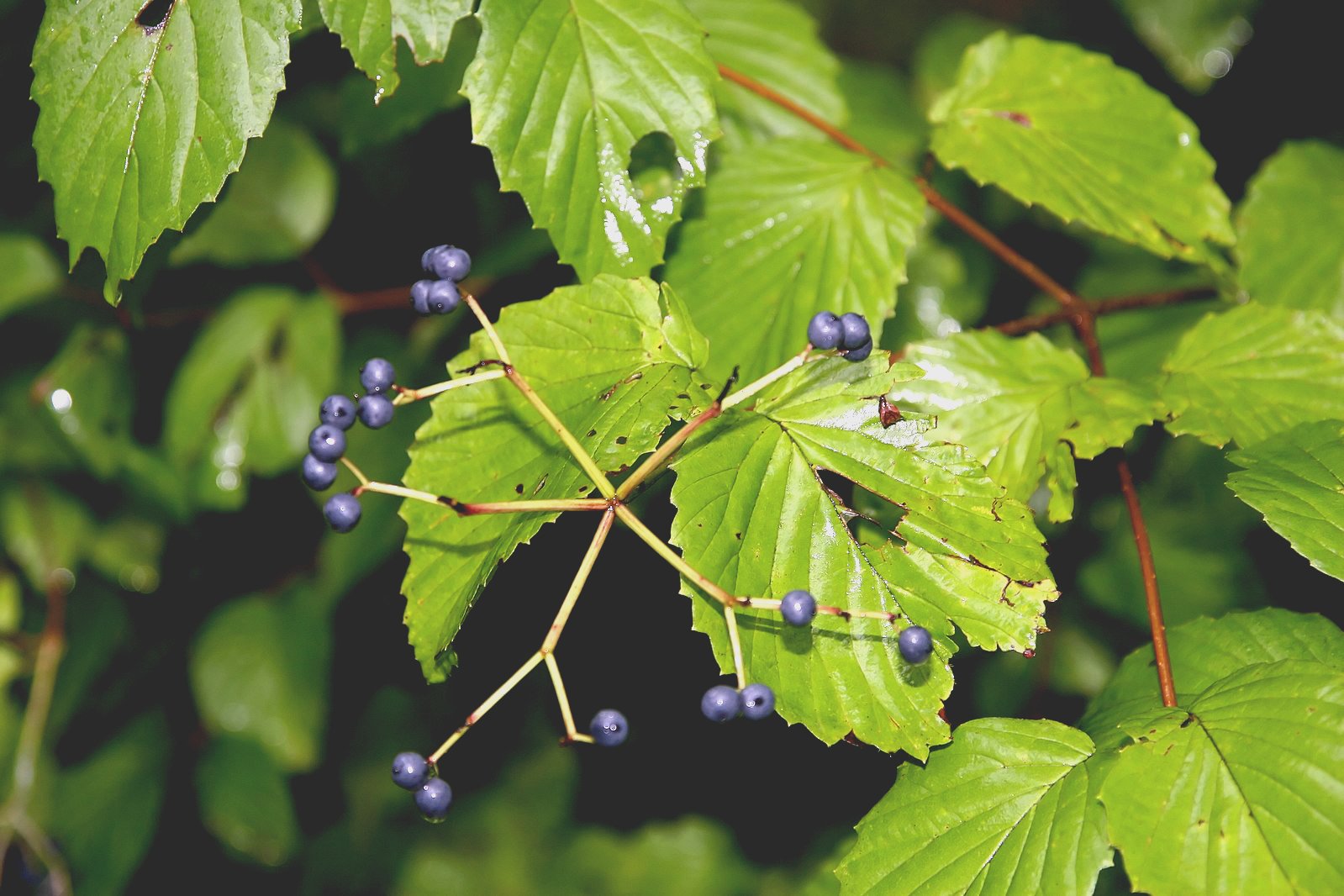As everyone knows, April showers bring May flowers, but they can also bring year-round problems. Excess rainwater runoff can create stagnant bodies of water in lawns and it can ruin beds by washing out mulch and even plants. Traditional lawn grasses have shallow roots with poor absorption qualities, leading to puddles and muddy messes. Mulch, however, is much better at absorbing water, but if there’s a downspout expelling water at a heavy rate, then well, there isn’t much mulch is going to do other than get washed away with the water. Sure, you can spend a pretty penny to install underground downspouts that connect to the sewer line, but there’s a much easier and more rewarding solution: rain gardens!
Rain garden, Allen Centennial Gardens on the campus of the University of Wisconsin. Photo by James Steakley.
Rain garden, Illick Hall, SUNY College of Environmental Science and Forestry, Syracuse, NY. Photo by DASonnenfeld.
Rain gardens are depressed beds designed to increase reabsorption by the soil. The goal is to reduce the quantity, pollutant load, and flow rate of runoff from compacted lawn areas, roofs, driveways, walkways, and downspouts. They’re great for reducing erosion and sedimentation of local streams and rivers. Usually, these gardens detain stormwater in a detention basin or pond-like bed, planted with appropriate plants. These gardens typically include wetland-specific plants like ferns, grasses, wildflowers, shrubs, and smaller trees. See some of your options below:
Arrowwood Viburnum. Photo by David J. Stang.
Shrubs and trees: Red Chokeberry, Buttonbush, Summersweet, Blueberry, Arrowwood Viburnum, Willows, and Red or Yellow Twig Dogwood.
Perennials: Milkweed, Turtlehead, Joe Pye Weed, Blue Flag and Virginia Iris, Cardinal Flower, and Culver Root.
Swamp Milkweed. Photo from Wikimedia Commons.
Ostrich Fern. Photo from Wikimedia Commons.
Ferns and grasses: Ostrich Fern, Cinnamon Fern, Royal Fern, Palm Sedge, Tussock sedge, and Switchgrass.
The plants mentioned above will take up the water that flows into the garden and release water vapor back into the atmosphere. Deep plant roots can create channels for stormwater to filter into the ground. Established root systems will enhance filtration, provide moisture redistribution, and help sustain microbial populations. Microbes break down pollutants and remove nitrogen.
It’s important to carefully plan out every aspect of the proposed rain garden. Find appropriate areas within the landscape where the downspouts and paved surfaces drain into the garden. Consider using proper plants to allow the garden to function at its full potential. It’s also important to note that not all wet-tolerant plants will be happy being planted in deep water from the get-go, so if possible, establishing the plants within the rain garden and slowly introducing more and more water will ensure a happy grouping of plants. Try using as many native plants as possible to contribute habitats for native butterflies, birds, and beneficial insects.
Monarch butterfly on Joe Pye Weed. Photo from Wikimedia Commons.
Bee collecting nectar from Buttonbush. Photo from Wikimedia Commons.
Rain gardens are an opportunity to control your rainwater runoff beautifully and beneficially. These gardens are an attractive and environmentally sensitive addition to any residential, commercial, or municipal property. Add a rain garden to your property and watch the benefits rain down on you and your landscape!
Photos from Wikimedia Commons under Attribution-Share Alike 4.0 International license.







